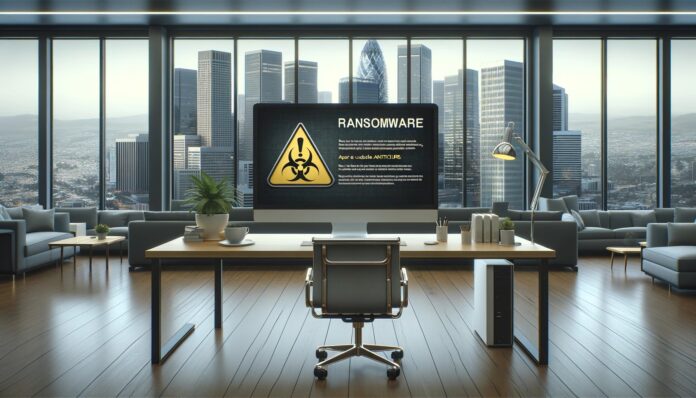
Eurojust, the European Union Agency for Criminal Justice, recently initiated a decisive strike against a notorious botnet network responsible for disseminating malware and ransomware across the digital realm.
Dubbed “Endgame,” this operation was meticulously coordinated with law enforcement agencies worldwide, resulting in the apprehension of four key suspects. The crackdown led to the seizure of their extensive IT infrastructure, which encompassed over 100 servers and more than 2,000 web domains.
Interestingly, while three of the suspects hailed from Ukraine and one from Armenia, their locations of refuge bore no connection to their respective nationalities.
Europol, the EU’s law enforcement agency, played a pivotal role in this collaborative effort, reminiscent of a similar operation in 2021 that dismantled the notorious ‘Emotet‘ botnet.
Notably, one of the apprehended suspects reportedly amassed a staggering $74 million in a single year by leasing out their IT infrastructure to criminal syndicates specializing in ransomware distribution. Among these were prominent entities like the LockBit Ransomware group and the now-defunct BlackCat, alias ALPHV.
However, it’s crucial for readers to recognize that while such operations disrupt criminal activities temporarily, they often fail to yield long-term results. Many of the dismantled criminal groups swiftly regenerate, emerging as revamped versions of their former selves.
For instance, despite the takedown of LockBit ransomware’s 2.0 infrastructure earlier this year, the emergence of LockBit 3.0 underscores the resilience of these criminal networks. Similarly, the disruption of BlackCat’s IT infrastructure in March led to the emergence of RansomHub, a new criminal outfit targeting victims like Change Healthcare, a subsidiary of UnitedHealth Group.
Therefore, rather than solely targeting individual criminals and their infrastructure, law enforcement agencies must address the underlying governmental and intelligence apparatuses supporting these illicit activities. Such an approach is paramount in eradicating cybercrime at its roots rather than merely trimming its branches.
Ad
